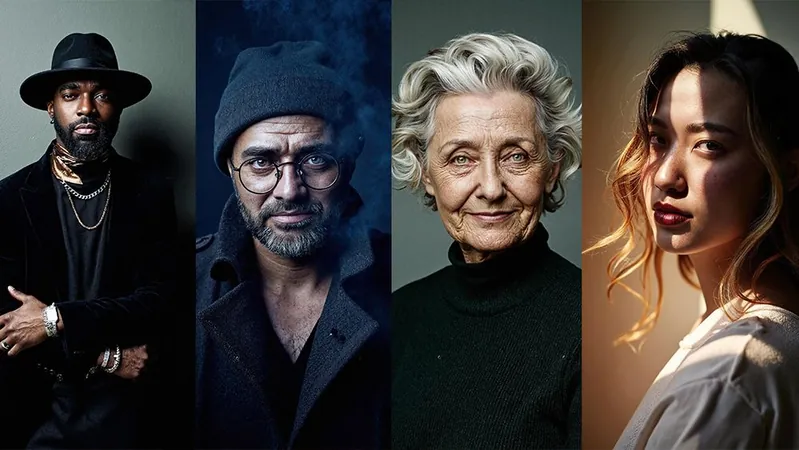
AI in Photography: Friend or Foe? Unpacking the Revolution in 2024
2024-12-29
Author: Jia
As we dive deeper into the realm of photography in 2024, it's impossible to ignore the transformative impact of artificial intelligence (AI). This year marked a significant evolution in how AI interacts with photography, deepening our exploration of creativity and challenging traditional practices.
A Leap Forward in AI Capabilities
In recent years, we've witnessed an astonishing rise in AI image generators that produce visuals almost indistinguishable from traditional photography. By the end of 2023, tools like Flux, developed by Black Forest Labs, were already impressing users with their realism thanks to low-rank adaptation scripts called LoRAs, designed to enhance detail and specificity. In 2024, the advancements continued, bringing us closer to a reality where the camera isn't the sole creator of breathtaking imagery.
However, challenges persist—issues such as nonsensical text or imperfect anatomy still reveal the artificiality of these creations, though they are increasingly hard to detect. What's next on the horizon? Experts hint that while the focus on photorealism presses on, the evolution of generative AI is likely to extend into the world of video, where the next great frontier awaits.
The New Age of Photo Editing
The introduction of sophisticated AI tools has democratized photo editing. Platforms like Photoshop have integrated AI features that allow both casual users and professionals to manipulate images with ease. This shift has blurred lines regarding ownership and expertise; photographers now find clients claiming they can edit their own photos, putting a strain on traditional pricing strategies. As the digital landscape evolves, the question remains: what constitutes a 'photo' in an era dominated by AI enhancements?
Niche AI applications also sprung up, providing targeted solutions for photographers and digital artists. From automated retouching tools to compositional aids, the resourcefulness of AI is apparent and expanding. The downside? This proliferation of editing capabilities could signify job insecurity for photographers and models alike, as brands increasingly seek AI-generated content for campaigns.
Motionless Motion? The Rise of AI-Enhanced Images
The intertwining of video and photography is evident with AI tools capable of introducing movement to still images. As social media platforms embrace these innovations, we may witness a pivot toward dynamic presentations over static visuals. Although some of these AI-generated 'videos' remain unpolished, their potential for evolution presents both opportunities and challenges for content creators.
Branding and AI: The Shift Begins
Despite their initial reluctance, major brands began adopting AI imagery this year. Companies like Coca-Cola showcased AI-generated content in high-profile campaigns, demonstrating a gradual acceptance of AI assets. However, the public's reception has been mixed; backlash against brands such as Lego and Netflix indicates that while AI may be beneficial, its use is not without risks.
As platforms like Instagram grapple with AI-generated content policies—introducing tags to denote AI involvement—debates flare around transparency and authenticity in the digital photography space.
Navigating the Future of Photography Communities
With the rise of AI, many traditional photographers are struggling to maintain visibility in a landscape saturated with AI-generated visuals. Alternatives to mainstream platforms like Instagram are emerging, such as Cara, which focuses on artist-led experiences without AI interference, offering photographers a refuge to showcase their authentic work.
However, the introduction of technologies like PhotoBot hints at an industry poised for deeper integration of AI tools into hardware, potentially revolutionizing photography practices even further.
Looking Ahead: A Balance of Possibilities
While it’s true that AI poses considerable challenges to traditional photography, it simultaneously provides unimaginable creative opportunities. As pressure mounts on certain photographic sectors, real photography—and the genuine stories it encapsulates—will continue to hold value. Crafting a personal brand narrative and integrating AI where beneficial may become essential strategies for photographers seeking to thrive amid these changes.
As we advance into 2025, the dynamic between AI and photography will likely evolve, yet one thing remains clear: authentic moments captured by individuals still resonate deeply, reminding us of the irreplaceable human touch in an increasingly digital world.
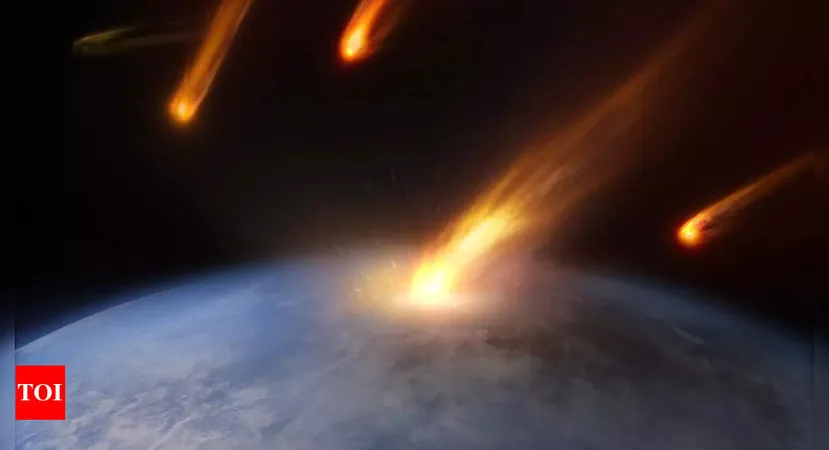
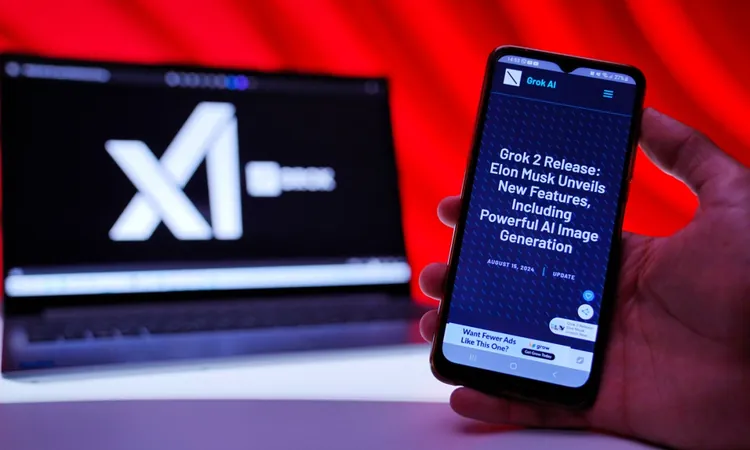
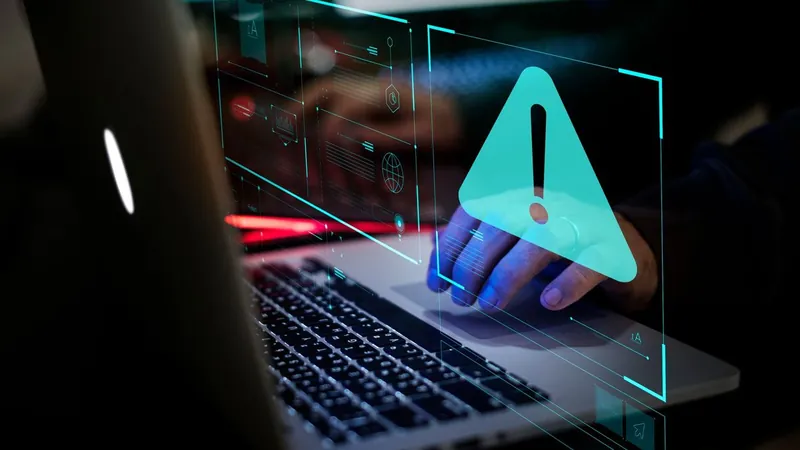
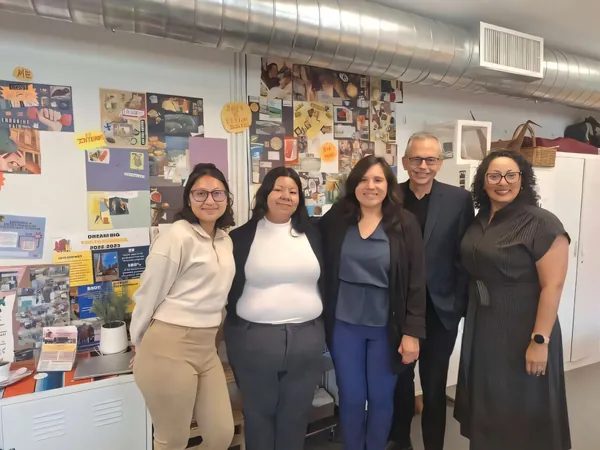
 Brasil (PT)
Brasil (PT)
 Canada (EN)
Canada (EN)
 Chile (ES)
Chile (ES)
 Česko (CS)
Česko (CS)
 대한민국 (KO)
대한민국 (KO)
 España (ES)
España (ES)
 France (FR)
France (FR)
 Hong Kong (EN)
Hong Kong (EN)
 Italia (IT)
Italia (IT)
 日本 (JA)
日本 (JA)
 Magyarország (HU)
Magyarország (HU)
 Norge (NO)
Norge (NO)
 Polska (PL)
Polska (PL)
 Schweiz (DE)
Schweiz (DE)
 Singapore (EN)
Singapore (EN)
 Sverige (SV)
Sverige (SV)
 Suomi (FI)
Suomi (FI)
 Türkiye (TR)
Türkiye (TR)